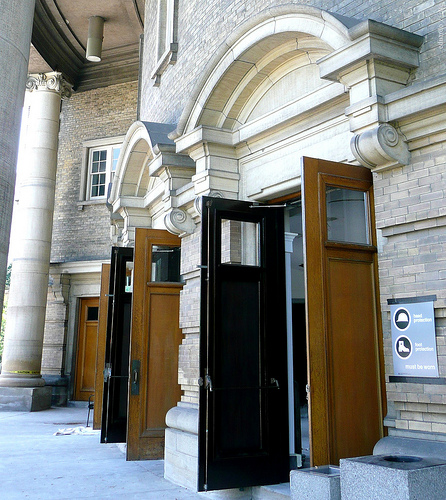Published on
Why The Finnish System Needs Rethinking

The structure of studies
Although Finland launched the Bologna Process and its three-cycle study structure (e.g. bachelor-master-doctorate), as a rule, students are and have been admitted to study for their Master’s degree. This will change in the future. The doctorate degree is also tuition-free. There can be some misunderstandings in the terminology because of our system pre-Bologna. When somebody in Finland talks about post graduate studies, he most likely means studies after Master’s degree.
Universities also offer fee-charging continuing professional education and open university instruction, which do not lead to degrees. Open university studies are considerably less expensive than CE; OU is funded by the government and the prices are regulated by a decree.
Our higher education system currently offers practically unlimited possibilities of tuition-free education, and unfortunately this causes some misuse of system and resources. Somebody who needs to upgrade his knowledge or needs retraining (in other words has a profile of a CE student) but wants to study without paying can take the entrance exam and, if admitted, can start to study free of charge without even an intention of graduating.
How we deal with this question is crucial for the CE providers, because this kind of behavior is not decreasing, but rather increasing as companies face toughening economic times. Unlike other parts of the university education, CE is not funded by the government leaving the cost with the universities.
One can also ask how wise it is for Finland to provide somebody with more than one degree. Should we continue like this or does this go beyond Finnish education and science policy, which stresses quality, efficiency, equity and internationalism and promotes the competitiveness of Finnish welfare society?
The question of unlimited tuition free studies is one of the biggest issues in educational politics in Finland. We cannot escape the fact that we cannot have it all. We have to find innovative ideas how to best distribute the resources in order to create a win-win-win-win situation (government-employers-universities-individual). Of course, the big picture in the background is how to keep Finland competitive. The loudest opponents of any changes to improve our current system imply that any changes to the current system are just a way to charge tuitions for all education.
What can we do to guarantee adequate means for universities to undertake their mission to do internationally-measuring top-quality research and pioneering education without compromising the right to education or forgetting the needs of our society?
As a lifelong learning advocate, I am interested in how Aalto will become a “lifelong learning university”, where we see that the need of education is far wider than our current degree model. As a CE provider, I believe it is important to ensure that we can respond to the competence development needs of our clients with a wide offering of continuing professional development.
Check back next week for Part 3 of Myllymäki’s three-part series. In this article, she will look at the future of lifelong learning in Finland. For the first article, please see Finland’s Education Culture and Reform.
Author Perspective: Administrator



